- Garments Cutting Machine
- Plotting Inkjet Machine
- Plotting Cutting Machine
- Straight Knife Cloth Cutting
- Round Cloth Cutting Machine
- Band Knife Cutting Machine
- End Cutter Machine
- Tape Cutter Velcro Cutter
- Fabric Drill Machine
- Fabric Cutting Machine
- Cordless Cutter Machine
- Laser Cutting Machine
- Numbering Machine
- Cutting Machine Accessories
- Industrial Sewing Machine
- Lockstitch Sewing Machine
- Chain Stitch Sewing Machine
- Hand Stitch Sewing Machine
- Blind Stitch Sewing Machine
- Hemstitch Picoting Sewing Machine
- Overlock Sewing Machine
- Interlock Sewing Machine
- Multi-needle Sewing Machine
- Button Attaching Sewing Machine
- Bar Tacking Sewing Machine
- Button Holder Sewing Machine
- Zigzag Sewing Machine
- Heavy-duty Sewing Machine
- Garments Finishing Equipment
- Steam Iron
- Portable Steam Generator Boiler
- Vacuum Ironing Table
- Iron Table foam
- Compact Fusing Press Machine
- Straight Linear Fusing Press Machine
- Heat Press Machine
- Thread Thrum Sucking Machine
- Needle Detector Machine
- Plastic Staple Attacher Machine
- Button Attaching Machine
- Fabric Inspection Machine
- Parts & Accessories
“5 in1 Multifunction Environment Meter(All In One) In Bangladesh” has been added to your cart. View cart
“5 in1 Multifunction Environment Meter(All In One) In Bangladesh” has been added to your cart. View cart
“5 in1 Multifunction Environment Meter(All In One) In Bangladesh” has been added to your cart. View cart
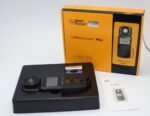

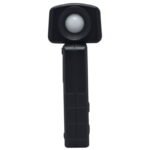
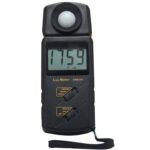
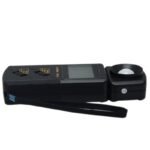

Digital Sound level Noise Audio detector In Bangladesh
৳ 8,500.00 Original price was: ৳ 8,500.00.৳ 5,500.00Current price is: ৳ 5,500.00.

Smart Sensor AS823 Digital Handheld Light Lux Meter BD
৳ 12,500.00 Original price was: ৳ 12,500.00.৳ 8,500.00Current price is: ৳ 8,500.00.
Lux Meter illuminometer Light Meter FC
৳ 8,500.00 Original price was: ৳ 8,500.00.৳ 5,500.00Current price is: ৳ 5,500.00.
Smart Sensor AR813A model is a reliable product from China, priced at 8,500 BDT. It comes with a one-year warranty and is currently available in stock. Accessories are included, but no discount is offered. The delivery charge is 200 BDT, ensuring quick and efficient shipping to your location.
Description
Lux Meter illuminometer Light Meter Lumino
You can use it everywhere in the industry and if there is personal use the specialty of the meter is that it is made with a 9-volt battery it will reduce your battery consumption and you can use it for a long time secondly you get The 360-degree angle movie sensor allows you to turn your head in the direction you need to measure very well and you can use the machine very handily. One of the best things to say is that it is made with a good display in which you will not have any difficulty viewing the display
| SPECIFICATIONS | FC METER |
| Measuring Range | 1~100,000lux |
| Accuracy | ±4 % |
| Unit Selection | lux |
| Measure Level Selection | Manual |
| Repeatability | ±2% |
| Sampling Frequency | 2 time/sec |
| Resolution | 1lux |
| Response Time | 1s |
| Data Hold Function | Yes |
| Electricity Indication | Yes |
| Overload Indication | Yes |
| Auto Power Off | Yes |
| Sensor180°c Rotation | Yes |
| Working Environment | 0~40°c |
| PACKING INFORMATION | |
| Power | 9V DC battery (Not included) |
| Product Net Weight | 116g |
| Product Size | 116*64*30.5mm |
| Packing Style | Gift box |
Lux Meter illuminometer Light Meter FC


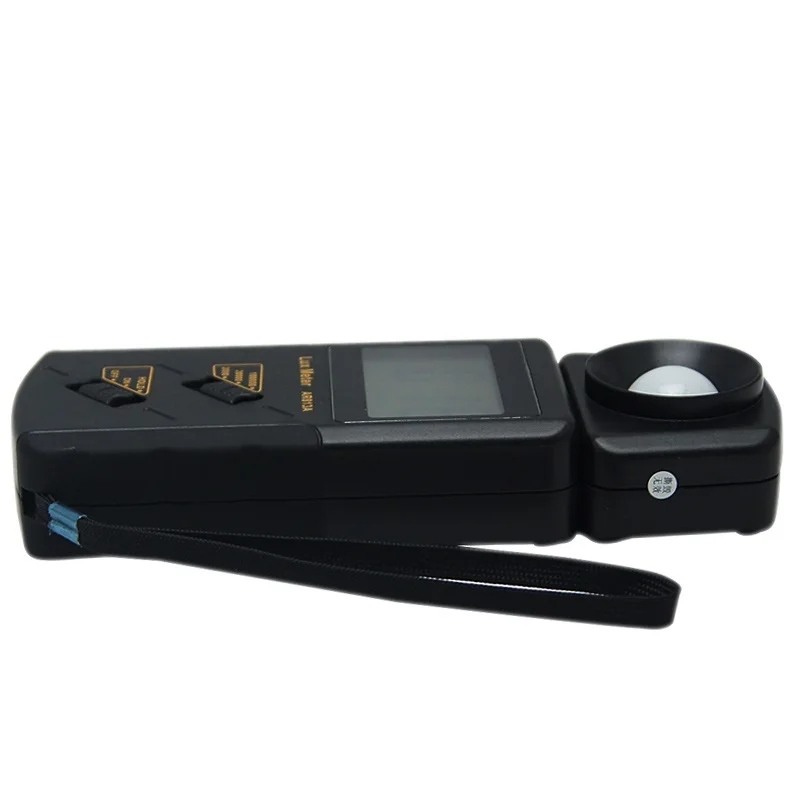


Reviews (0)
Be the first to review “Lux Meter illuminometer Light Meter FC” Cancel reply
Return or Replacement Policy


Shipping Policy
Reguler Processing Time: All orders are processed within 1 business days. Orders are not shipped or delivered on weekends or holidays.
Urgent One Hour Delivery Avilable Only Dhka City
Outside Dhaka Cash On Delivery Not Available
Shipping Rates : Shipping charges for your order will be 200 BDT Under Weight 2Kg
Order Tracking: You will receive a Shipment Confirmation email once your order has shipped, containing your tracking number(s). The tracking number will be active within 24 hours.
Shipping Address: Please ensure all shipping information is correct. We are not responsible for incorrect addresses.
Customs, Duties, and Taxes: We are not responsible for any customs and taxes applied to your order. All fees imposed during or after shipping are the customer’s responsibility.
Return Policy
Return Conditions: To be eligible for a return, your item must be unused and in the same condition that you received it. It must also be in the original packaging.
Return Process: To initiate a return, please contact our customer service team at [nscbd@hotmail.com] with your order number and reason for return. We will provide a return authorization and shipping label.
Refunds: Once we receive your item, we will inspect it and notify you of the status of your refund. If your return is approved, we will initiate a refund to your original method of payment. You will receive the credit within a certain amount of days, Shipping chrages must cut
Exchanges: If you need to exchange an item, please follow the return process and specify that you wish to exchange the item. We will process the exchange as soon as the returned item is received and inspected.
For any questions or concerns, please contact our customer service team at [nscbd.co@hotmail.com]. We are here to help!
Related products
Lutron Lux Meter, Light Meter LX-101A Made In Taiwan
Rated 0 out of 5
AR813A Smart Sensor Lux Meter In Bangladesh
Rated 5.00 out of 5
5 in1 Multifunction Environment Meter(All In One) In Bangladesh
Rated 5.00 out of 5
Smart Sensor AS823 Digital Handheld Light Lux Meter BD
Rated 5.00 out of 5
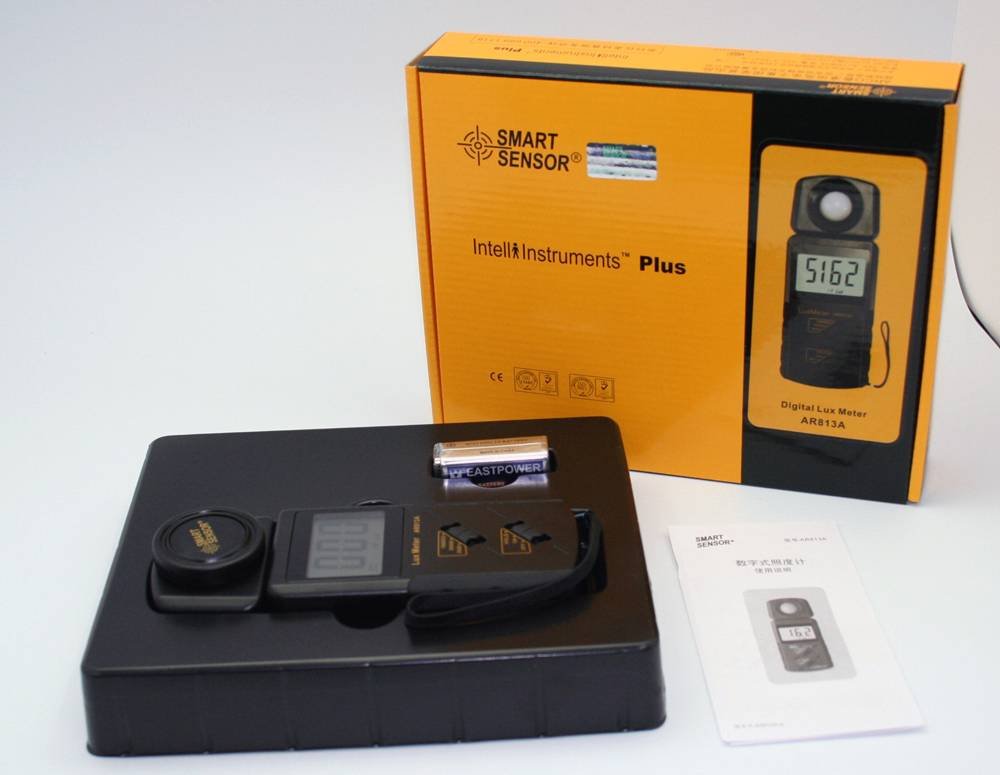
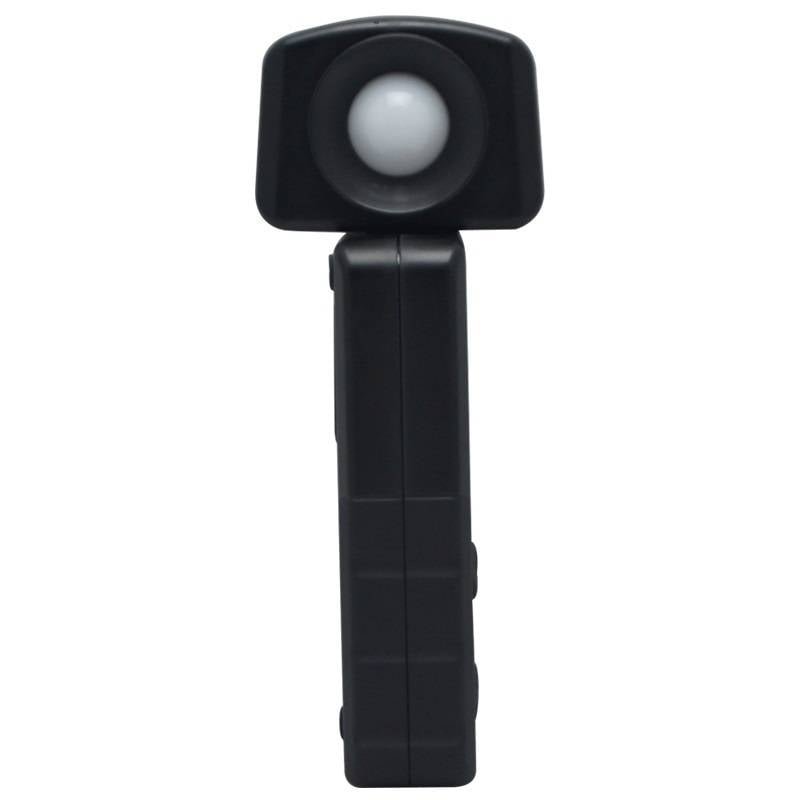
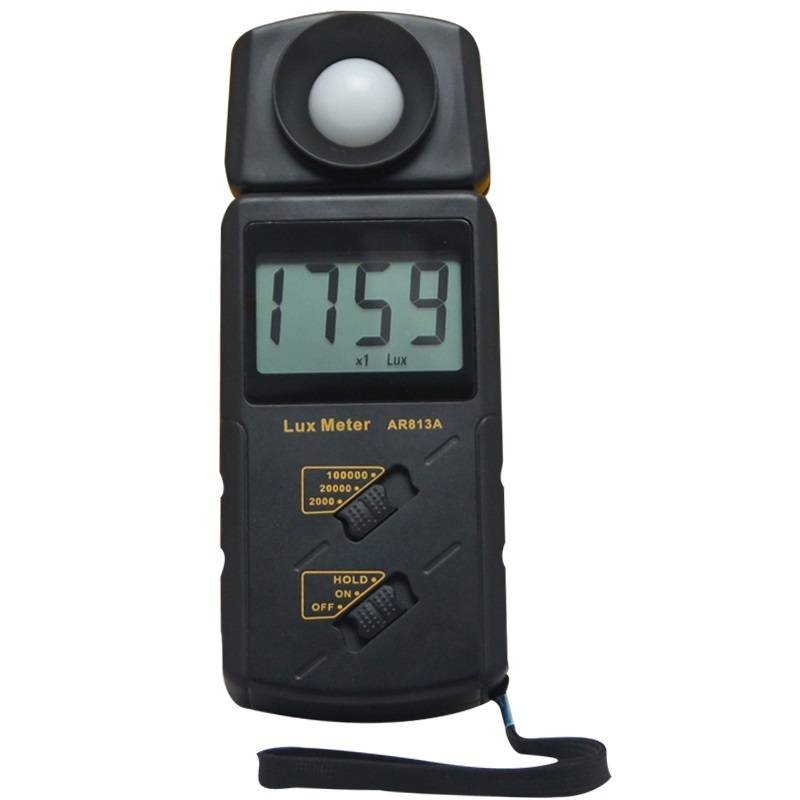




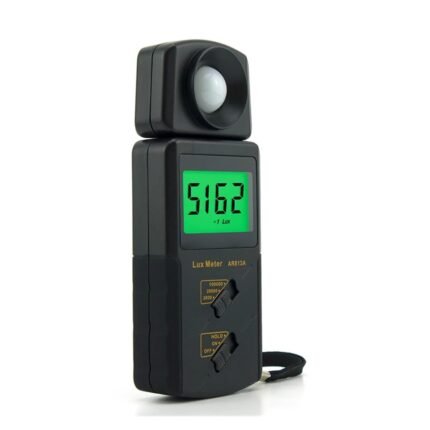
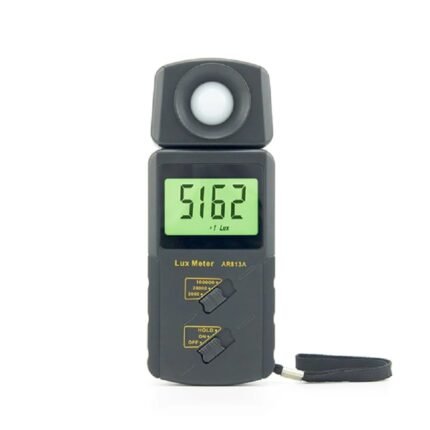

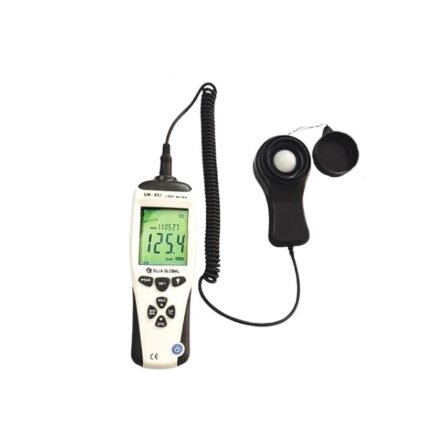

Reviews
There are no reviews yet.